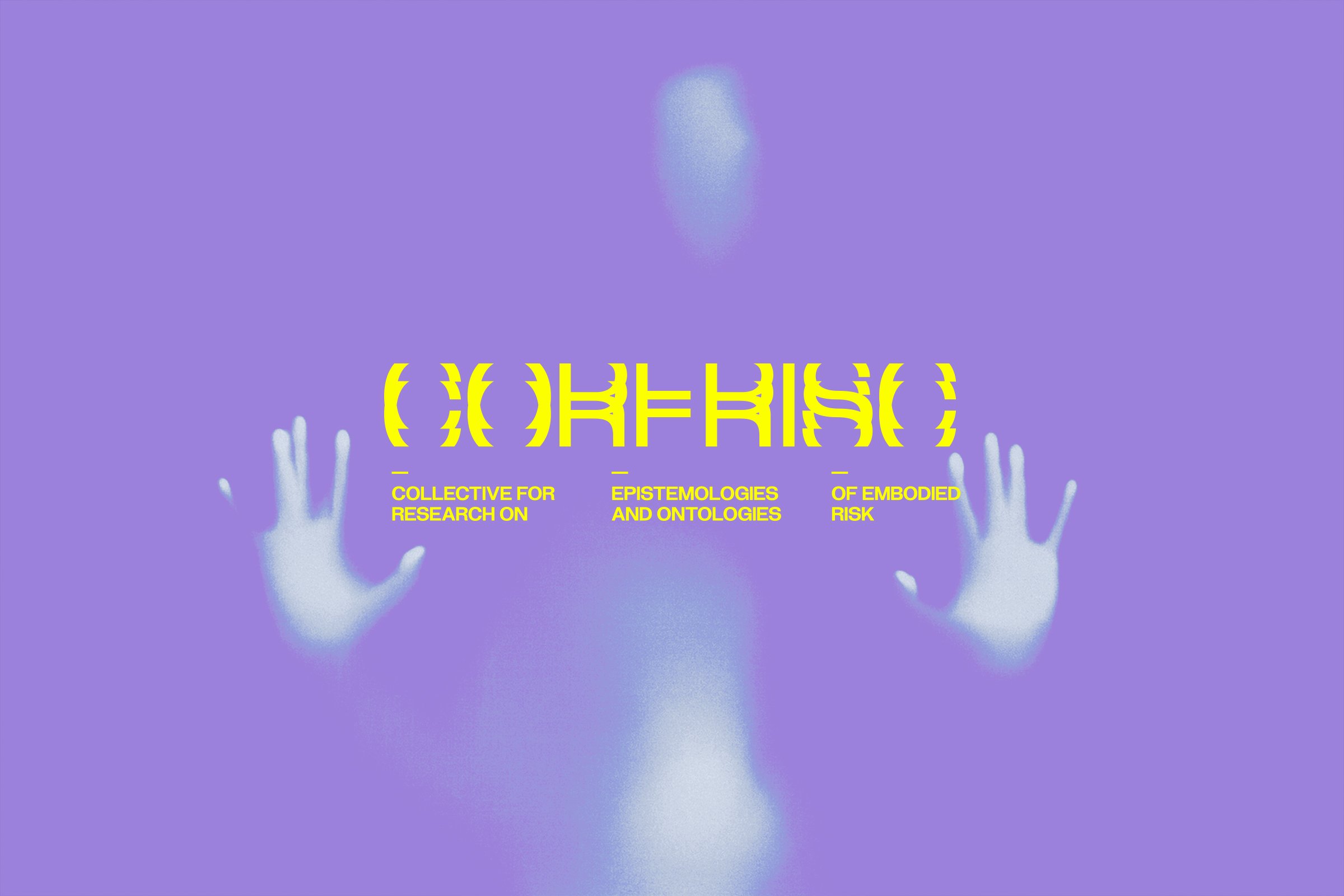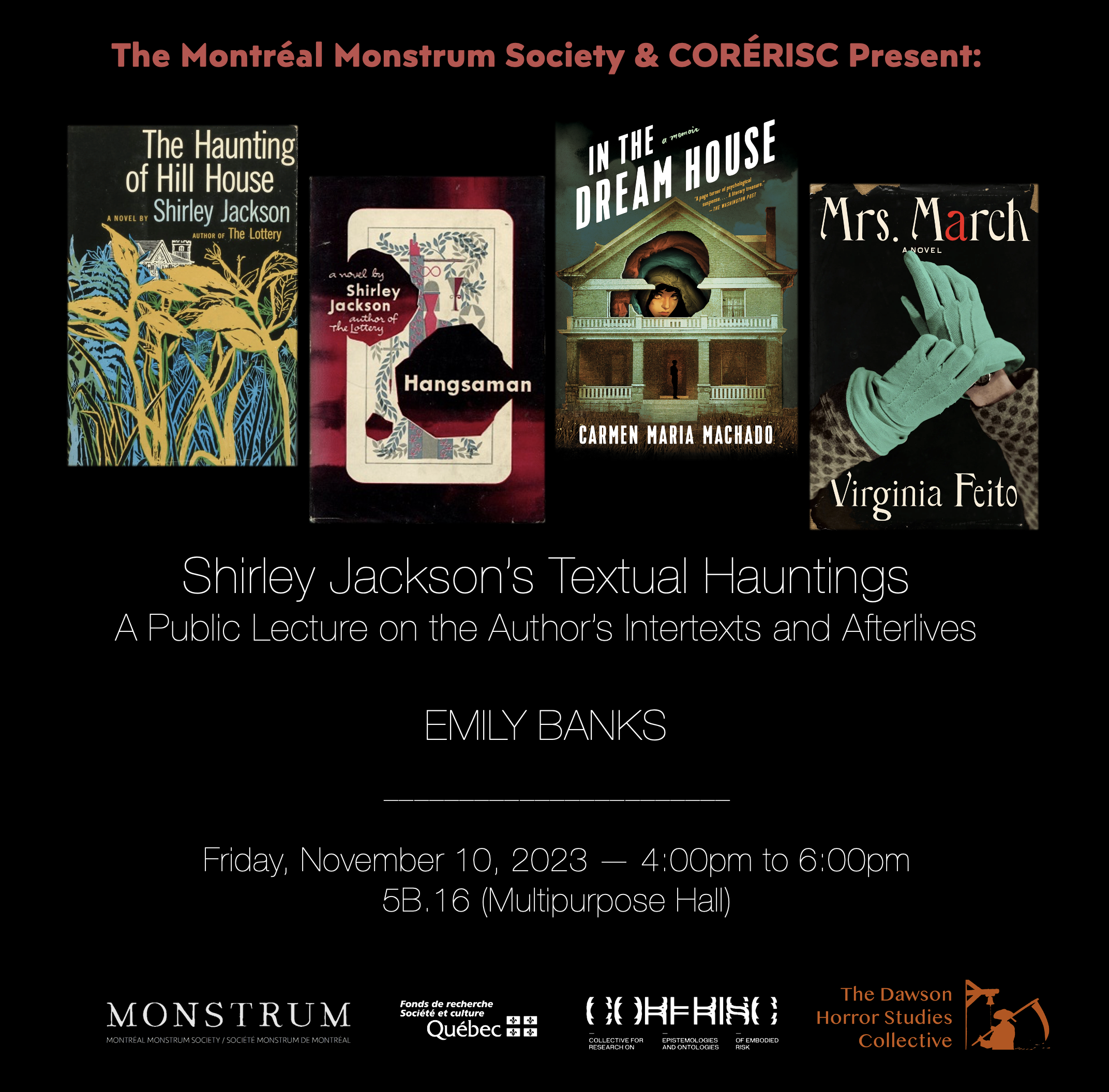
Latest News
CALL FOR PAPERS:
Queer/ing Horror: Video Essays at the Intersection of Horror and Queerness
MONSTRUM 7.2 (December 2024)
Guest Editor: Dayna McLeod
In What’s the Use? (2019), Sara Ahmed examines “queer use as reuse” (198). She posits, “If I have considered queer use as how we dismantle a world that has been built to accommodate some, we can also think of queer use as a building project” (219-221). Here she highlights the potentiality of queer use, emphasizing its capacity to deconstruct a world full of biased systems, and facilitate creative and productive practices. How might we consider “queer use as reuse” (198) in videographic criticism of queer horror? What interventions, analysis, and critique might we manifest if we look at the form of the video essay in relationship to queer/horror media objects? Ahmed writes, “Queer use can also be about not ingesting something; spitting it out; putting it about. If queer use is not ingesting something, not taking it in, queer use can also be about how you attend to something” (207-8).
Submissions are now open for Monstrum 7.2, a special issue entirely comprised of video essays that “attend to” the intersections of horror and queerness. We seek proposals for 2–7-minute video essays that take up, speak to, or relate Ahmed’s notion of queer use in relation to horror. Likewise, video essayists might consider re/readings of the monstrous, where it is located, and how it is constructed (Jack Halberstam, Skin Shows: Gothic Horror and the Technology of Monsters, 1995); dis/identification practices and pleasures in queering and circulating negative and positive affect found in horror (Michael J. Faris, “The Queer Babadook: Circulation of Queer Affects” in The Routledge Handbook of Queer Rhetoric, 2022); and/or how “queer horror has turned the focus of fear upon itself, on its own communities and subcultures” (Darren Elliott-Smith, Queer Horror Film and Television: Sexuality and Masculinity at the Margins, 2016, 197).
We are interested in how the video essayist might situate queerness relative to horror through the analysis of specific media objects and/or texts and their formal techniques as productive, disruptive, interventionist, analytical, methodological, and/or confrontational. Does horror be/come in the process of queering or through its queer re/use? How/does horror lie within queerness itself? Video essayists may also consider the medium of the video essay or source media-object as ‘the body’, where the medium itself (film, television, web-based media object, etc.) and its production are horrific: What does the construction of the media object tell us about queer horror? What is the horror? How do queers and queerness encounter and contend with it? What might queer reuse of queerness look like through a horror lens? What are queer re-telling and reviewing practices of horror?
Accepted proposals will also be asked to submit an accompanying statement of 750-1000 words to accompany the published video essay.
Proposals should include the following elements:
Title: A descriptive title for your video essay.
Abstract: A concise summary (250-300 words) of your proposed video essay, identifying your object of study, and outlining the central thesis, methodology, and approach.
Methodology/Approach: Describe the methods and techniques you intend to use in your video essay, including how you plan to convey your ideas visually and aurally.
Thesis: Clearly articulate the main argument or concept you will explore in your video essay regarding the relationship between concepts of ‘horror’ and ‘queer’.
References: Provide a preliminary list of key texts, media objects, etc., that inform your project.
Timeline
The written component will be formatted according to standards set out in the current Chicago Manual of Style. Please see the Monstrum submission guidelines for more information.
Proposal Deadline: November 15, 2023
Notification of Acceptance: December 15, 2023
Submission of Final Video Essay and Artist's Statement: July 1, 2024
Revisions: July-November 2024
Publication: December 2024
For inquiries or further information, or to submit a proposal, please contact Dayna McLeod.
Upcoming Montréal Monstrum Society Talks
at Groupe Intervention Vidéo
Crying, Salivating, and Screaming: Reexamining “Body Genres” Thirty Years Later
Becky Holt
October 30, 7-10pm
A Woman’s Stupid Smile:
Or, Towards Something Else in Peeping Tom and Hookup Hotshot
Sofia Di Gironimo
November 6, 7-10pm
Emily Banks (MFA, Ph.D) is a Visiting Assistant Professor at Franklin College. Her work on Shirley Jackson has appeared in Shirley Jackson: A Companion, Shirley Jackson and Domesticity: Beyond the Haunted House, Women's Studies, and JMMLA. She chairs the Shirley Jackson Society and is a managing editor of Shirley Jackson Studies. She has published additional scholarship on the American Gothic in ESQ, Mississippi Quarterly, and Arizona Quarterly, and is also the author of the poetry collection Mother Water. She lives in Indianapolis.
Shirley Jackson's Textual Hauntings: A Public Lecture on the Author's Intertexts and Afterlives
Scholars of Shirley Jackson are quick to note her influence on contemporary horror and gothic literature. From overt references to subtle nods and barely visible traces, Jackson's oeuvre continues to resurface with a haunting persistence. This is fitting in that Jackson's own work is full of allusions that tempt her readers to pursue tangled webs of association and signification. This talk will consider Jackson's intertextuality from both of these angles and introduce Monstrum 6.2, Shirley Jackson: Intertexts and Afterlives.
New volume of Monstrum Journal June 2023
Grand-Guignol Cinema and the Horror Genre: Sinister Tableaux of Dread, Corporeality and the Senses
Mario De Giglio-Bellmare’s upcoming book will be published by Anthem Press in 2023.
-
Grand-Gugignol Cinema and the Horror Genre maps important contributions of the Parisian Grand-Guignol theatre’s Golden Age as theoretical considerations of embodiment and affect in the development of horror cinema in the twentieth century. This study traces key components of the Grand-Guignol stage as a means to explore the immersive and corporeal aspects of horror cinema from the sound period to today.






